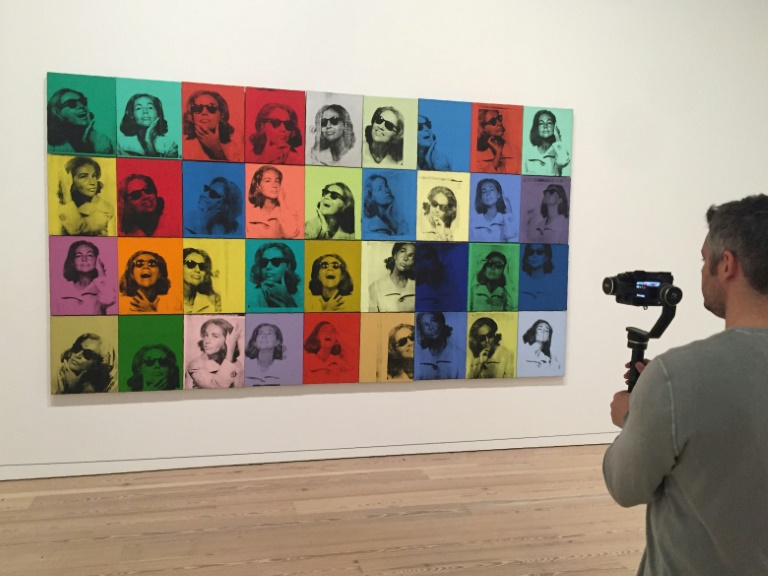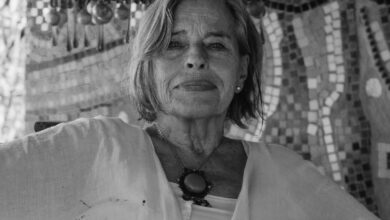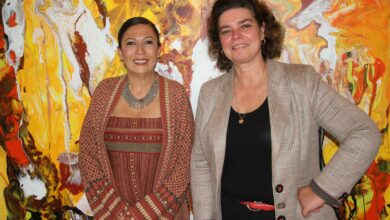
His Marilyn Monroe paintings and oversize soup cans are cultural icons, but in an exhibition opening Monday, New York’s Whitney Museum hopes to paint a new, more complex picture of Andy Warhol.
These days, few dare to tackle the king of pop art: he has already been the subject of hundreds of exhibitions and retrospectives.
But under the guidance of chief curator Donna De Salvo — who worked with Warhol before his death in 1987 — the modern and contemporary art museum is doing just that.
De Salvo believes America’s last Warhol retrospective — in 1989 at New York’s Museum of Modern Art — “changed much of our thinking about Warhol but also left much unanswered.”
Now the Whitney, located on the banks of the Hudson River in the city’s Meatpacking District, hopes to seduce both experts and newcomers — “no easy task,” according to director Adam Weinberg.
From Campbell soups to Coca-Cola, Andrew Warhola — to use his birth name — played with the icons of his time, while tirelessly documenting his own life and work, to the point of becoming a brand himself.
Spanning three floors, “Andy Warhol — From A to B and Back Again” will present the silver-haired artist’s career as a whole, from his early advertising illustrations to his abstract explorations.
And although the exhibition shows off his love of vibrant, repetitive screen printing, it also presents Warhol as far from a one-trick pony.
Even if that style was key to his success, his films, collaboration with graffiti prodigy Jean-Michel Basquiat, and his journey into the abstract — such as his epic 1978 series “Shadows” — all act as proof otherwise.
It’s a multidimensional experience of a multidimensional artist: a designer, painter, photographer, videographer, producer and magazine editor — not to mention curator of his own exhibitions.
Distinctly political
A significant part of the exhibition — which boasts over 300 works, from 100 institutions and collectors — is dedicated entirely to video, a medium Warhol used to create documentaries, experimental films and even commercials.
It portrays a Warhol in constant creative motion, hungry for experience — and reminds visitors that behind his aesthetics is a distinctly political artist.
“The themes that preoccupied Warhol — mass media, celebrity culture, entertainment and politics — these shape our life even more directly than they did during his lifetime, making his work not only more prescient but more relevant,” Weinberg said.
At the center of it all are concepts of power and representation: a reflection built on Warhol’s experiences in advertising during the 1950s.
“Warhol is especially an artist of our time and I would argue even perhaps for all time, especially in this selfie generation where everybody is the star of their own photograph and movie,” Weinberg said.
He sees the overarching message as one of “a more complex and arguably more powerful Warhol than previously understood.”
After the exhibit closes in New York on March 31, it will head in May to San Francisco, and then to Chicago from October 2019 to January 2020.




